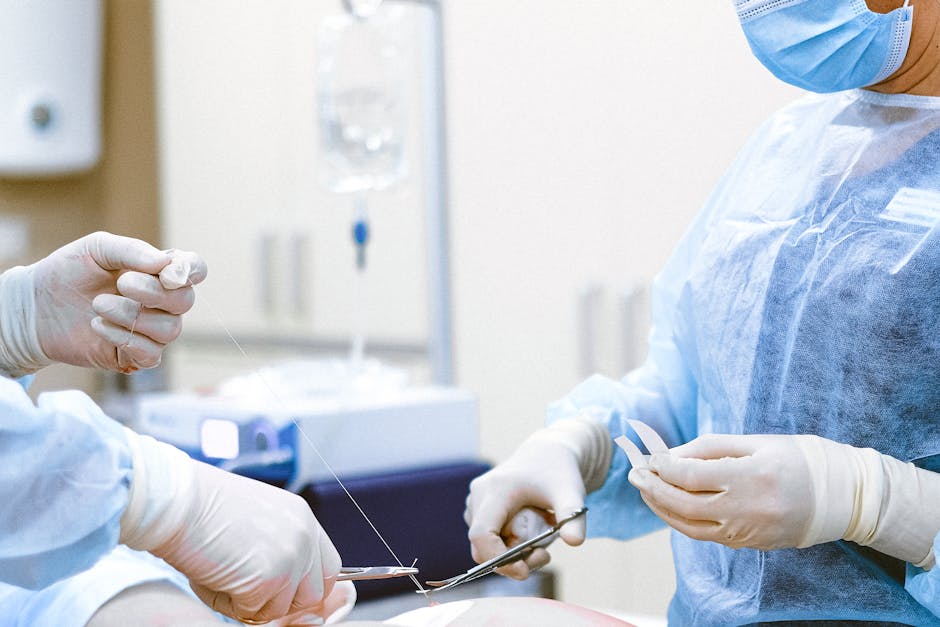
Overview
Transoral robotic surgery (TORS) is an innovative surgical procedure that allows surgeons to operate on tumors or other conditions in the mouth and throat using robotic technology. This approach eliminates the need for external incisions, reducing recovery time and minimizing complications.
Key Information
Developed in the early 2000s, TORS leverages robotic systems to provide surgeons with enhanced precision, flexibility, and control. The procedure is primarily used to treat head and neck cancers, particularly when tumors are located in difficult-to-reach areas.
During TORS, a surgeon operates a console that controls robotic arms equipped with tiny instruments and a high-definition 3D camera. This setup allows for unparalleled visibility and dexterity, enabling precise removal of cancerous tissues while sparing healthy structures.
Clinical Significance
TORS has become an essential tool in the management of head and neck cancers, offering several benefits over traditional surgical methods. It significantly reduces the risk of complications such as infection and bleeding. Additionally, patients typically experience less pain and a quicker return to normal activities.
Research has shown that TORS is effective in achieving clear surgical margins, which is crucial for reducing the risk of cancer recurrence. The procedure also preserves critical functions like speech and swallowing, enhancing patients‘ quality of life post-surgery.
Treatment & Management
Before undergoing TORS, patients are evaluated through imaging studies and biopsies to determine the exact location and extent of the tumor. Preparation involves consultations with a multidisciplinary team, including oncologists, surgeons, and speech therapists.
The surgery is performed under general anesthesia, and most patients can return home within a few days. Post-operative care focuses on pain management, monitoring for complications, and rehabilitation to restore swallowing and speech functions.
Follow-up care is essential to monitor for recurrence and manage any long-term effects of the treatment. Patients may require additional therapies such as radiation or chemotherapy, depending on the cancer stage and type.
Patient Resources
Numerous resources are available to support patients undergoing TORS. Hospitals often provide educational materials and support groups to help patients understand the procedure and manage their recovery. Online platforms and cancer organizations offer additional information and community support.
Frequently Asked Questions
- What conditions can be treated with transoral robotic surgery?
TORS is primarily used to treat cancers of the mouth, throat, and voice box, as well as benign conditions like obstructive sleep apnea.
- What are the benefits of TORS compared to traditional surgery?
TORS offers a minimally invasive approach with reduced recovery time, less pain, and fewer complications. It also preserves critical functions like speech and swallowing.
- How long is the recovery period after TORS?
Most patients recover within a few weeks, although full healing and rehabilitation of functions like swallowing may take longer.
- Are there any risks associated with transoral robotic surgery?
As with any surgery, there are risks, including bleeding, infection, and anesthesia complications. However, TORS generally has a lower risk profile compared to traditional open surgery.


















Comments
Thank you. Comment sent for approval.
Something is wrong, try again later